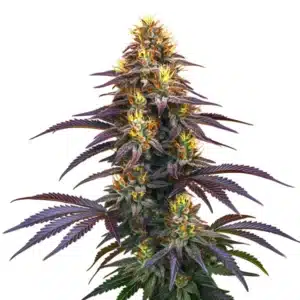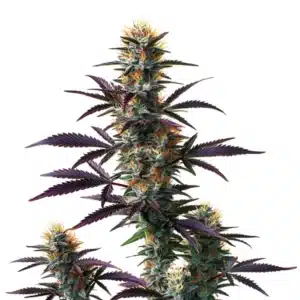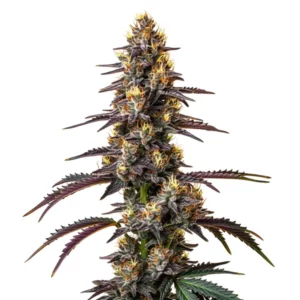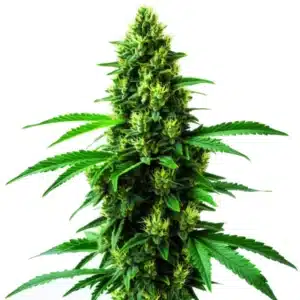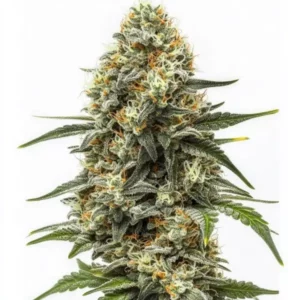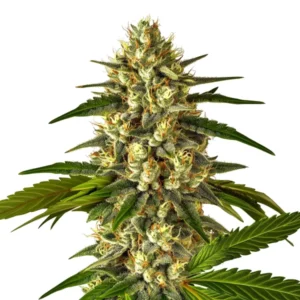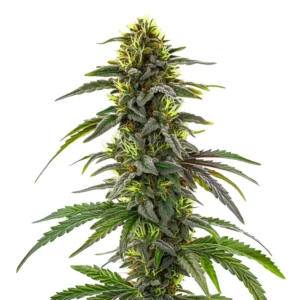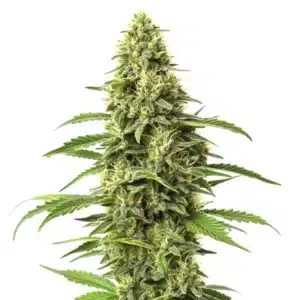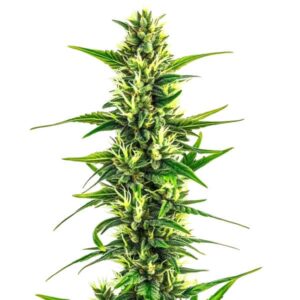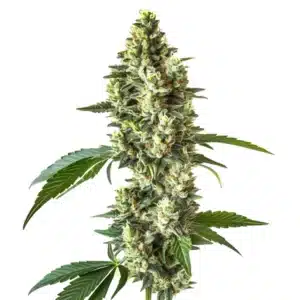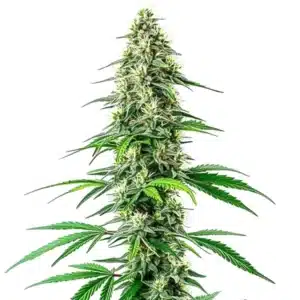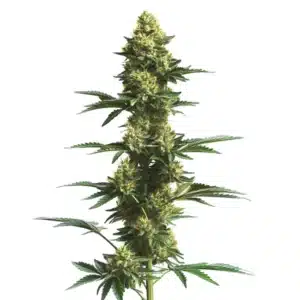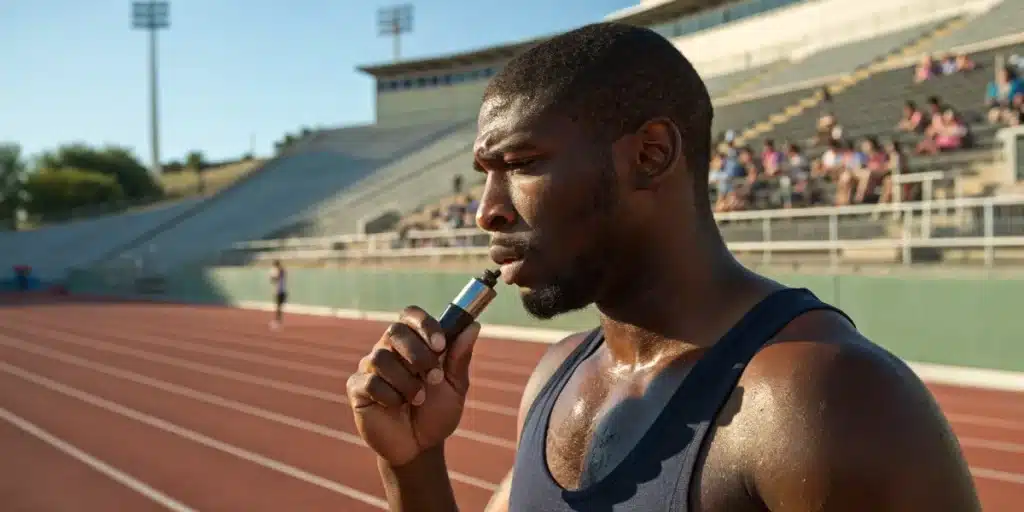
Can Athletes Smoke Weed? Policies, Performance & Health
Weed’s Impact on Athletic Performance
Endurance and Recovery Effects
Athletes often test cannabis for its effect on stamina. Some runners report lower perceived exertion during long sessions with low doses of THC. Transitioning to recovery, cannabis might affect sleep quality and muscle repair. Moreover, cannabidiol may help reduce inflammation after training. Athletes apply CBD topicals or ingest capsules to soothe sore muscles.
Pain Management Applications
Cannabis offers an alternative to NSAIDs for short-term pain control. Many athletes use small amounts of THC or balanced THC-CBD blends to ease joint and muscle pain. CBD products also deliver pain relief without the high. Creams, oils and edibles provide targeted and sustained effects.
Recommended Strains
Black Domina
|
|
THC | 15% - 20% (Medium) |
|
|
Type | Feminized |
|
|
Yield | High |
|
|
Phenotype | 95% Indica / 5% Sativa |
Black Domina Auto
|
|
THC | 10% - 15% (Low) |
|
|
Type | Autoflowering |
|
|
Yield | Low |
|
|
Phenotype | 85% Indica / 15% Sativa |
Cognitive and Coordination Considerations
Cannabis impacts reaction time and coordination differently across users. Low THC doses may sharpen focus for some, while higher levels can slow reflexes. Training with CBD alone shows minimal cognitive impairment. Many report calm focus and reduced anxiety during drills.
Promos & Deals
Doping Rules and Marijuana
WADA Prohibitions
The World Anti-Doping Agency (WADA) classifies THC as a prohibited substance in competition. Athletes face disqualification if they exceed the allowed threshold of 150 nanograms per milliliter in urine. WADA only bans THC in competition periods, not out of events. However, athletes must allow ample time before contests to clear THC metabolites.
National Federation Policies
National sports bodies adopt their own cannabis policies beyond WADA guidelines. Some federations impose stricter thresholds or ban all forms of marijuana. Athletes must review each sport’s policy to plan use and avoid penalties. Local federations also update rules based on legal status and public view.
Policies in Major Professional Leagues
While WADA sets an international standard, many major professional sports leagues, particularly in North America, have developed their own distinct and often more progressive policies:
- NBA (National Basketball Association): In a landmark move, the NBA removed cannabis from its list of prohibited substances in 2023. Players are no longer subject to routine testing for marijuana. Its use is permitted, provided it does not impact a player’s performance or professional conduct.
- MLB (Major League Baseball): The MLB took a progressive step in 2019 by removing cannabis from its list of banned substances. While recreational use is not sanctioned, players are still prohibited from using it during games or in any way that could affect safety.
- NHL (National Hockey League): The NHL has one of the most lenient stances, choosing not to punish players for cannabis use. While players are tested, the goal is not disciplinary. If a player shows exceptionally high levels, the league’s focus is on offering voluntary medical assistance and treatment rather than issuing a suspension.
Thresholds and Testing Methods
Urine tests remain the most common way to detect THC. Labs measure THC metabolite concentrations to confirm violations. Blood tests appear in some sports, offering shorter detection windows. Saliva screenings provide rapid results but lower accuracy.
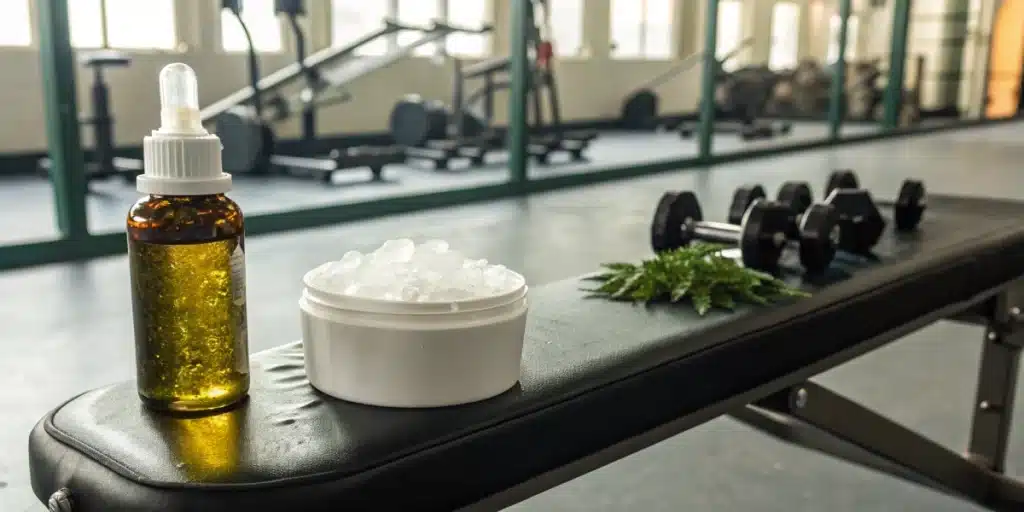
Health Risks and Benefits
- Respiratory Concerns: Smoking cannabis can irritate the lungs and airways. Athletes risk coughing, wheezing and reduced lung capacity. Experts often recommend non-smoking methods.
- Anti-inflammatory Properties: Cannabinoids like CBD show strong anti-inflammatory effects. They may help reduce swelling and pain after intensive workouts.
- Mental Health Impacts: Cannabis can ease anxiety and stress before competitions. Low CBD doses help some athletes stay calm under pressure. However, high THC levels may trigger paranoia or mood swings.
Public Perception in Sports
High-profile athletes like Riley Cote and Megan Rapinoe openly discuss cannabis use, driving public debate and sparking policy changes. Fans show growing acceptance, and some sponsors now include CBD brands in athlete endorsements, signaling a broader acceptance of cannabis in professional athletics. Media outlets increasingly cover cannabis stories with a focus on health research and athlete testimonials.
Alternatives and Recommendations
CBD offers relief without psychoactive effects and may fit training schedules better than THC. Legal herbal supplements like turmeric and ginger also provide natural anti-inflammatory support. Athletes should track cannabis use alongside training metrics and consult sports medicine professionals to ensure safe protocols.
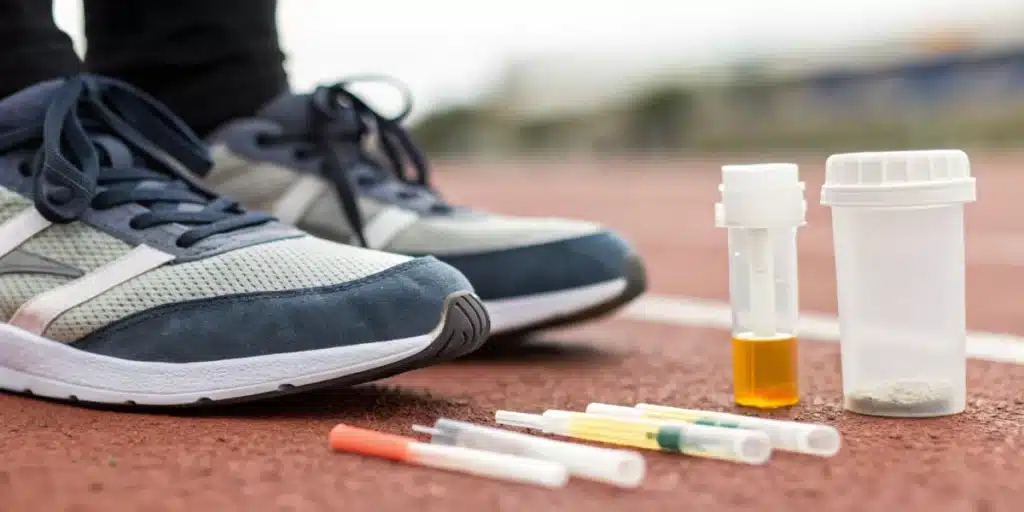
FAQs about can athletes smoke weed
Will a positive THC test void my results?
Yes. A positive THC result above the permitted threshold voids competition outcomes. Anti-doping agencies disqualify athletes and may impose suspensions or fines. Teams and federations enforce these rules strictly. Always test your products and allow enough time before events to clear cannabinoids. Talk to a medical expert to plan safe use around competition dates.
Can medical cannabis users compete?
Medical cannabis users can compete if they hold a valid prescription and meet federation requirements. Some sports bodies grant exemptions for therapeutic use. Athletes must register their medication and submit paperwork before events. Approval processes vary by country and sport, so early planning and clear documentation remain essential.
How long does THC stay detectable in urine?
THC can remain detectable in urine for up to 30 days in chronic users. Occasional users may test positive for up to one week. Detection windows vary by dosage, metabolism and body fat. Using non-smoking methods may shorten this period. Always test with home kits to estimate your clearance time before you compete.


